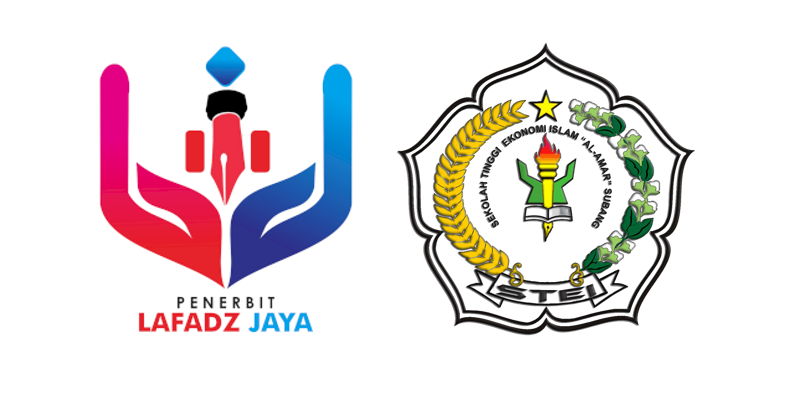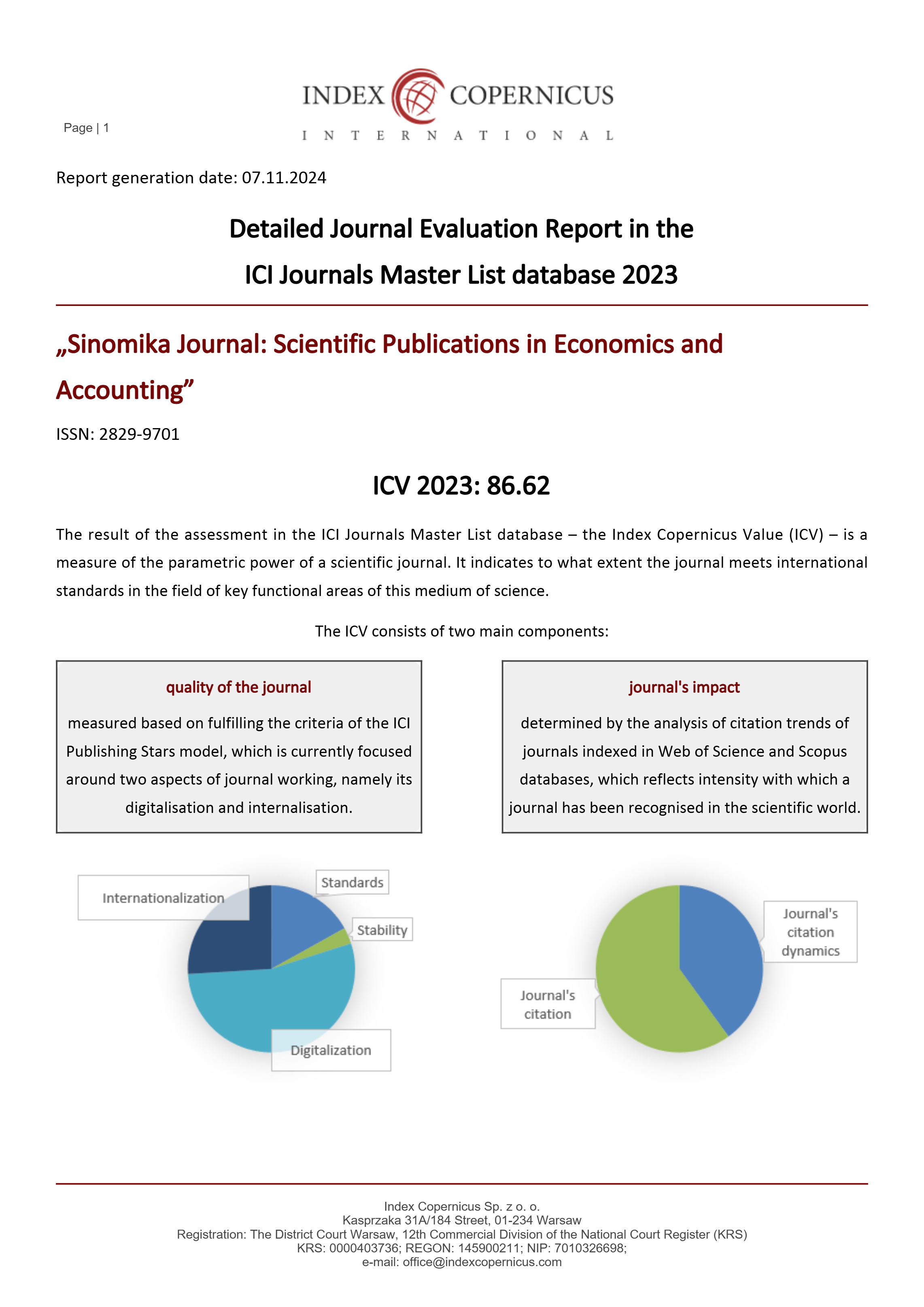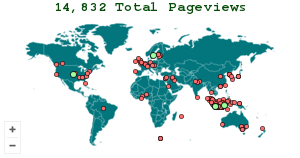Analysis of the Effect of Employee Welfare Levels and Punishments on Employee Performance with Work Discipline as Intervening Variables in Staff of RM. Djoelham Binjai Hospital
DOI:
https://doi.org/10.54443/sinomika.v2i2.1314Keywords:
Welfare Level, Punishment, Work Discipline, Employee PerformanceAbstract
This study aims to analyze the effect of the level of employee welfare and punishment on employee performance with work discipline as an intervening variable. The location of the research was carried out at Rm Djoelham Binjai Hospital. The population in this study was 630 employees. Sampling using the Slovin formula was 245 employees for this study to collect respondent data by distributing questionnaires and surveys. The research model used was path analysis and measuring instruments from the study. This uses Sam PLS 3.3.3. The result of this study is that Work Discipline has no significant positive effect on Employee Performance. Punishment has a positive and significant effect on work discipline. Punishment has a positive and significant effect on employee performance. The level of Welfare has a positive and significant effect on Work Discipline. The level of Welfare has a positive and significant effect on Employee Performance. Punishment has a positive and insignificant effect on Employee Performance. Welfare Level influences Employee Performance through Work Discipline.
Downloads
References
A.A. Anwar Prabu Mangkunegara ,2014, Manajemen Sumber Daya Manusia, Bandung. PT, Remaja Rosdakarya.
Adelfi Islami, Uhud Darmawan Natsir, Burhanuddin, Romansyah Sahabuddin, & Agung Widhi Kurniawan. (2023). Pengaruh Beban Kerja terhadap Kinerja Pegawai pada Unit Pelaksana Teknis Daerah (UPTD) Puskesmas Batu-Batu Kabupaten Soppeng. SINOMIKA Journal: Publikasi Ilmiah Bidang Ekonomi Dan Akuntansi, 2(1), 85–94. https://doi.org/10.54443/sinomika.v2i1.866
Ghozali, Imam. 2014. Structural Equation Modeling, Metode Alternatif dengan Partial Least Square (PLS). Edisi 4. Semarang: Badan Penerbit Universitas Diponegoro.
Hamali, Arif Yusuf. 2016. Pemahaman Sumber Daya Manusia. Yogyakarta: CAPS.
Hasibuan, Malayu. (2017). Manajemen Sumber Daya Manusia. Jakarta: Bumi Aksara.
Hair, J. F. et. al. 2017. A Primer on Partial Least Squares Structural Equation Modeling (PLS-SEM). SAGE Publications, Los Angeles
Inggis Lineuwih, I. ., Sariwulan, T. ., & Fadillah Fidhayallah, N. . (2023). Pengaruh Beban Kerja, Stres Kerja, dan Work Family Conflict Terhadap Burnout Karyawan. SINOMIKA Journal: Publikasi Ilmiah Bidang Ekonomi Dan Akuntansi, 1(5), 1235–1248. https://doi.org/10.54443/sinomika.v1i5.601
Mathis dan Jackson, 2015, Manajemen Sumber Daya Manusia Edisi 9, dialihbahasakan oleh Jimmy Sadeli dan Bayu Prawira Hie, Salemba Empat, Jakarta.
Mukminin, Amirul.dkk. 2019. Manajemen Sumber Daya Manusia Dalam Pendidikan.Yogyakarta: UNY Press.
Ngalim Purwanto. 2013. Psikologi Pendidikan. Bandung: Remaja Rosdakarya.
Sangkala, M. (2023). Manfaat Penerapan Audit Sumber Daya Manusia Pada Perusahaan. SINOMIKA Journal: Publikasi Ilmiah Bidang Ekonomi Dan Akuntansi, 1(6), 1669–1678. https://doi.org/10.54443/sinomika.v1i6.921
Sekaran, Uma. 2014. Metodologi Penelitian Untuk Bisnis (Research Methods for Business) Buku 1 Edisi 4. Jakarta: Salemba Empat.
Sugiyono. (2017). Metode Penelitian Kuantitatif, Kualitatif, R & D. Bandung: CV Alfabeta.
Downloads
Published
How to Cite
Issue
Section
License
Copyright (c) 2023 Rosmery FA. Purba, Muhammad Isa Indrawan

This work is licensed under a Creative Commons Attribution 4.0 International License.

























